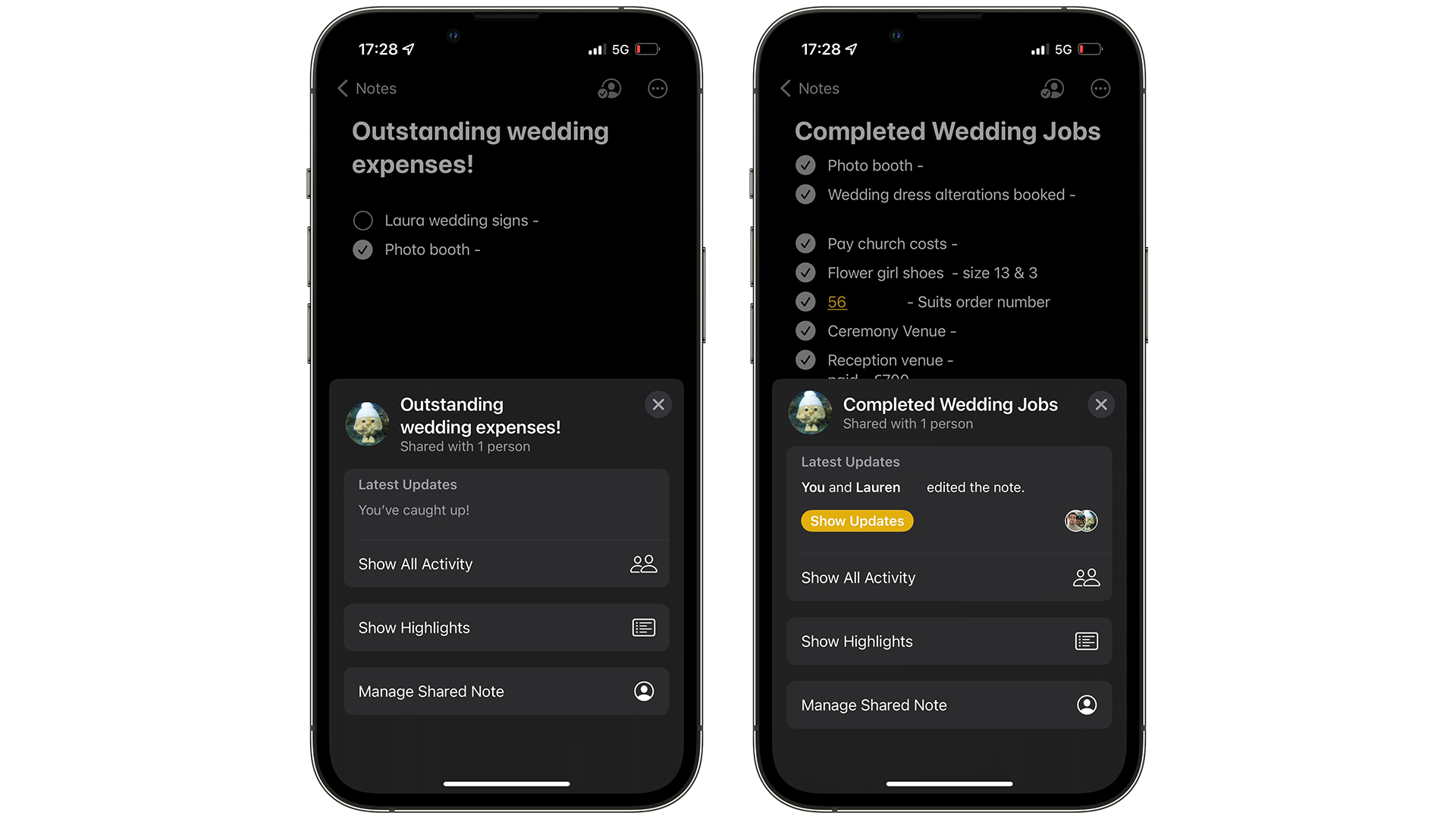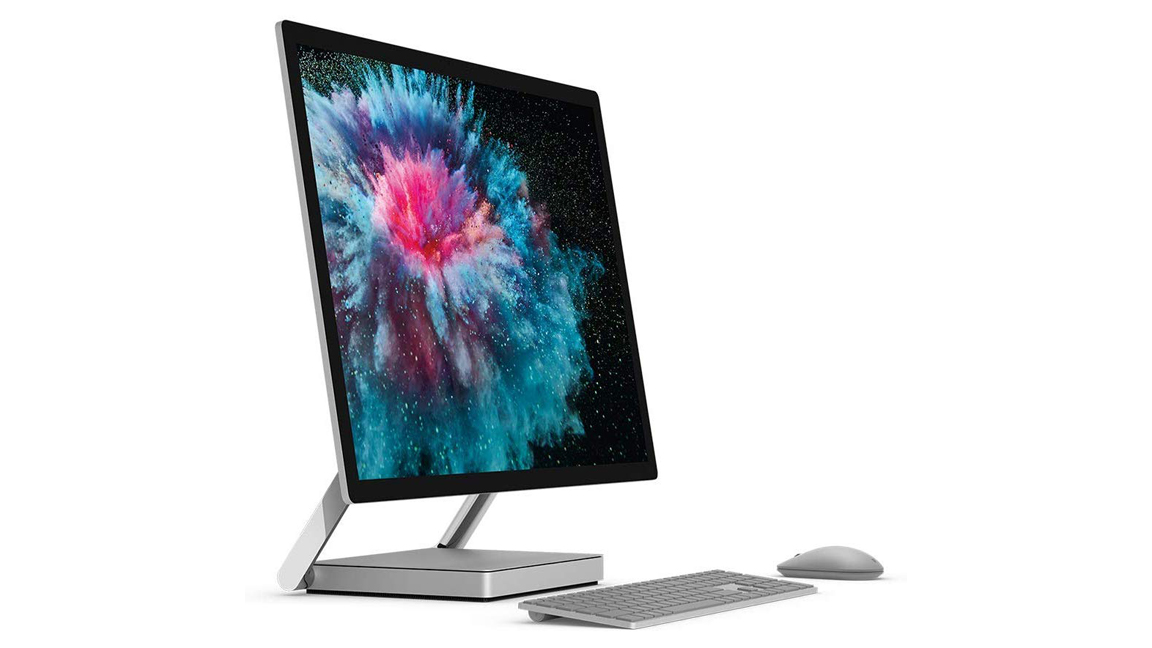
Running a business and managing a team can often be an intense, difficult process that involves spinning a lot of plates at once. Getting the best project management software is absolutely key, especially as your organisation grows.
If you're reading this article, it's more than likely you've heard of the key players in the industry – Microsoft Project, Asana, Trello, and Miro among them – so today we're focusing on how to make smart decisions about which service to use.
The key thing to remember is that every organisation's needs are different, and therefore even the seemingly obvious option might not be quite right. Given the impact a dip in productivity can have, these decisions are important.
To help you make a good choice, we've thought up five things to look out for when buying project management software, encompassing some common factors that should go into your pick. Let's jump in.

Scalability and flexibility
Project management software needs to be able to grow alongside you and your organisation, meaning the capacity to scale up the number of seats (or users) is important, and you should have an eye on the cost per user when signing up.
A lot of options offer a sliding scale for usage, and having this problem means you're adding staff and therefore most likely doing well. So don't lose too much sleep! But it's important not to get caught out should your productivity gains turn into profits.
There are some good deals to be hard, too. Basecamp, one of the longest-running productivity tools, lets you work on up to three projects with 20 people for free, and there's then only a single paid-for plan. On the other end of the spectrum, Microsoft Project – our pick for the best software going – can be expensive for larger organisations, but offers some extremely powerful tools.
Whatever your priorities, scalability and flexibility are things to keep in mind.

Cost and ROI
Next up is perhaps the most obvious of the bunch: how much does each of the services cost. Of course, this will vary from organisation to organisation but if you're running a business of over 10 to 20 people then this is a serious one to consider.
Trello, for example, estimates its pricing for an organisation of 50 people at $17.50 per user per month, dropping to $7.38 per user per month for 5,000 seats. Asana meanwhile costs between £9.49 per user per month and £20.99 per user per month. Microsoft Project can cost up to £45.20 per user per month.
The fact that many of the services offer transparency in their pricing makes your job a lot easier, but it's worth delving into the details of specifically what each service offers, because those small things might swing a decision one way or another.
It's also worth considering options to have a free, or basic, tier, which can often cater to smaller sized organisations of to people and less.

Customisation and extra features
Being able to tailor the software to your needs and those of your organisation is one of the most important parts of any enterprise software. Unlike one-size-fits-all consumer apps, every business is different and your tools need to reflect that.
Microsoft Project, for example, offers both on-premise and cloud versions of its service, making it ideal for linking into a current on-premise Microsoft setup. Meanwhile, Miro offers huge customisability in its approach and a massive feature list.
Delving into the extra features is important, too, if only to get your money's worth. Trello offers a version specifically made for the iPad Pro, which could be a small detail to some and a revelation to others.

Integrations
No app is an island, or so the saying goes, and that's especially true for project management apps: you need everything across your whole productivity suite to work seamlessly, otherwise you're losing valuable ground.
Slack, Google Drive, Box, Office, and everything else from calendars to CRM to invoicing to financial apps must work with your project management software.
For many of the newer, more startup-y offerings, like Trello and Asana, integrations are their bread and butter, and that might be one of their biggest selling points. Of course, Project works well with others – and especially Microsoft's own apps – but these digital native services take it to a new level.

Apps
Last but definitely not least are the apps on offer with each services and their quality. As we alluded to above, not all apps are born equal and that might make the difference between these services, especially if you use iPads and smartphones.
This is perhaps Microsoft Project's great downfall, as we found in our review: the service lacks a decent mobile offering, preferring instead a desktop app. While this might be fine for some, others will naturally want to look elsewhere just on this basis.
Trello especially excels in offering apps across all platforms – Windows, macOS, iPadOS, iOS, and Android – and even includes a version just for the iPad Pro, as we said above, which is available to download and try for free.








